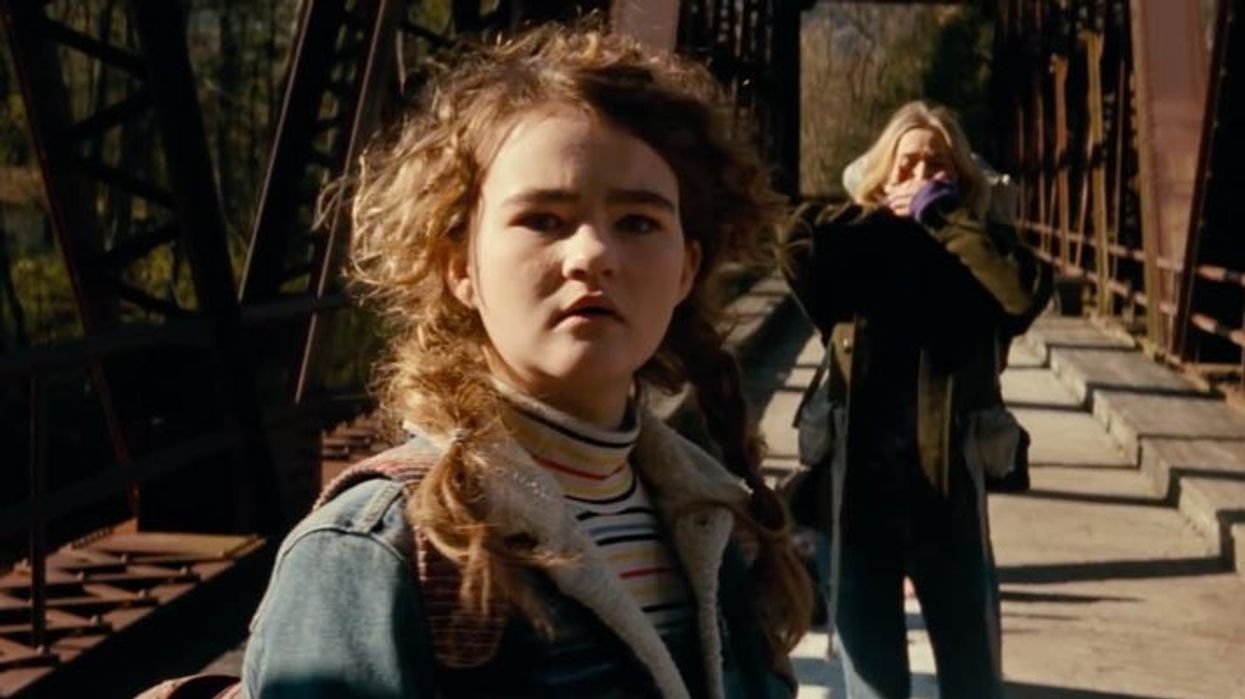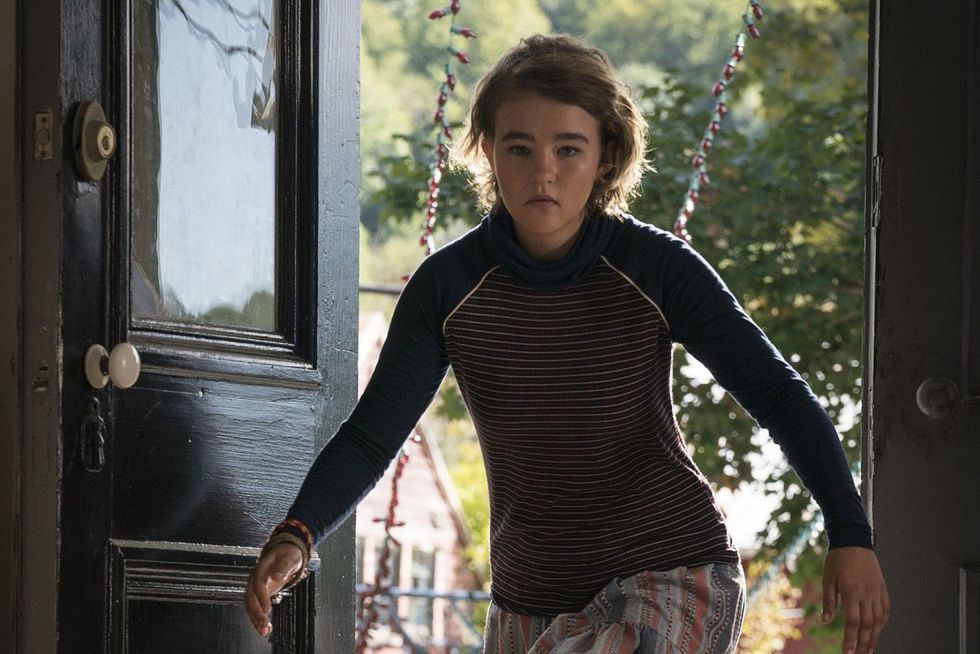The Sound Designers of 'A Quiet Place' Discuss the Power of Silence
In film, everything speaks...even silence.

An anechoic chamber is a space specifically designed to absorb and isolate all sound and electromagnetic waves. That means zero reverberant noise, zero echo, and the closest you can get to total silence. Or, in sound designer parlance, “digital zero.”
In this BAFTA Guru interview with A Quiet Place sound designers Erik Aadahl and Ethan Van der Ryn, the Oscar-nominated duo wax philosophical on the anechoic experience and its influence on their work.
Both Aadahl and Van der Ryn have been inside a chamber before. What Aadahl found most striking was how your ears “open up” and tune in to the sounds of your body: your circulatory system, blood coursing through your veins and your chest cavity breathing.
In this context, Aadahl says, “These small sounds become really big sounds.” And this idea developed into the conceptual drive for A Quiet Place’s much-discussed sound design.
The challenge, Van der Ryn says, was how to further articulate the love and intimacy of the film’s central family. How to “get closer” to the characters with sound...or, as they discovered, the lack thereof.
In the three instances in the film when Regan removes her implants, the designers experimented with actual silence. Digital zero. The effect, Van der Ryn says took their breath away and connected the audience to Regan in a “deep and powerful way.”
Aadahl and Ethan Van der Ryn’s anechoic approach, of course, works completely. You can’t get much closer to a character than to get almost literally inside their head.
Source: BAFTA Guru













